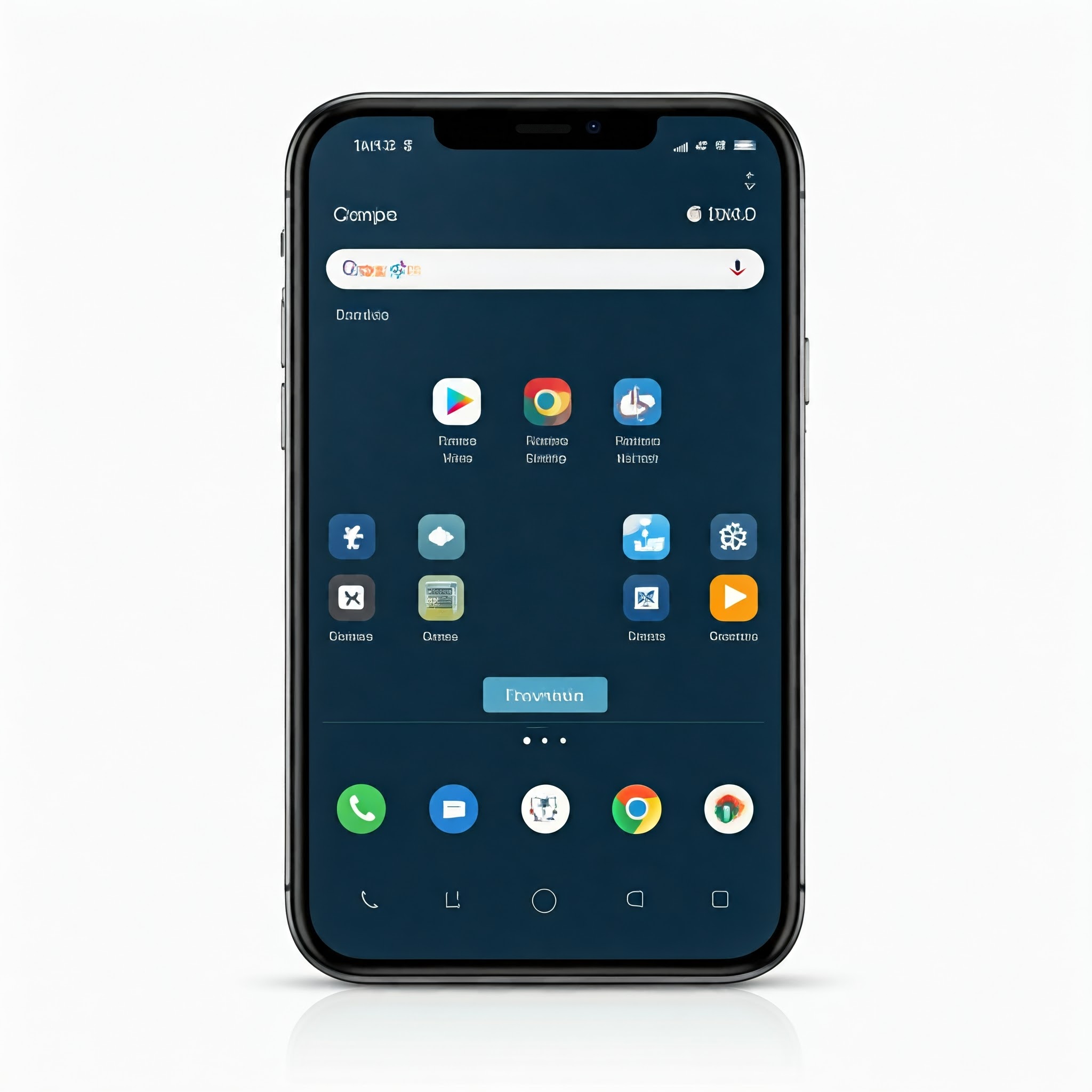In today’s digital era, budgeting apps have revolutionized personal finance management, offering convenience, automation, and insights to users worldwide. However, as with any technology involving sensitive data, the question arises: Are budgeting apps safe to use? Let’s explore this topic in depth, covering their functionality, security protocols, potential risks, and best practices for ensuring your financial information stays protected.
Table of Contents
What Are Budgeting Apps and How Do They Work?
Budgeting apps are software applications designed to help users track expenses, manage income, and achieve financial goals. They connect to your bank accounts, credit cards, and other financial institutions to provide a real-time overview of your financial health. Features typically include:
- Expense tracking: Categorizing transactions automatically.
- Goal setting: Setting and monitoring savings or spending targets.
- Reports and analytics: Providing insights into spending habits.
- Alerts and reminders: Notifying users about upcoming bills or budget limits.
While their benefits are undeniable, their reliance on sensitive personal and financial data raises valid concerns about their safety.
How Do Budgeting Apps Ensure Security?
Reputable budgeting apps employ robust security protocols to safeguard user data. Here are some of the common measures:
1. Encryption Technology
Encryption is the backbone of data security. Budgeting apps typically use bank-level encryption (256-bit encryption) to protect information during transmission and storage. This ensures that even if intercepted, the data remains unreadable without the proper decryption key.
2. Secure Authentication Methods
Most budgeting apps implement secure login methods, such as multi-factor authentication (MFA) or biometric verification (fingerprint or face recognition). These methods add an extra layer of security by requiring additional steps to verify the user’s identity.
3. Partnering with Trusted Financial Institutions
Many apps partner with well-established financial institutions, leveraging their secure APIs for data sharing. This minimizes the risk of unauthorized access by ensuring that information is only exchanged through trusted channels.

4. Regular Security Audits
Top-tier budgeting apps undergo frequent security audits and assessments to identify and address potential vulnerabilities. They also comply with industry standards like PCI DSS (Payment Card Industry Data Security Standard).
Potential Risks Associated with Budgeting Apps
Despite their security measures, budgeting apps are not entirely risk-free. Here are some of the potential threats:
1. Data Breaches
Even the most secure systems can fall victim to cyberattacks. If a budgeting app’s database is breached, users’ financial and personal information may be exposed.
2. Third-Party Access
Some apps share user data with third parties, such as advertisers or analytics providers, which may compromise your privacy. Always review the app’s privacy policy to understand how your data is being used.
3. Phishing Scams
Users may fall prey to phishing attacks, where fraudsters impersonate the app to steal login credentials. These scams typically occur through fake emails or websites mimicking the app’s interface.
4. User Negligence
Even with the best security measures in place, users play a crucial role in protecting their accounts. Weak passwords, sharing login information, or using public Wi-Fi without a VPN can increase vulnerabilities.
Also view this Are Budget Apps Safe? | Saving and Budgeting | U.S. News
Best Practices to Safeguard Your Financial Data
To minimize risks and maximize safety, follow these best practices when using budgeting apps:
1. Choose Reputable Apps
Research and select apps with strong reputations, high ratings, and transparent privacy policies. Apps like Mint, YNAB, and PocketGuard are well-regarded in the industry for their security features.
2. Enable Multi-Factor Authentication
Always enable multi-factor authentication for an added layer of security. This ensures that even if your password is compromised, unauthorized access is unlikely.
3. Regularly Update the App
Keep your budgeting app updated to benefit from the latest security patches and improvements. Updates often address vulnerabilities identified in previous versions.
4. Use Strong, Unique Passwords
Create a strong, unique password for your budgeting app and change it periodically. Avoid reusing passwords across multiple accounts.
5. Monitor Your Accounts
Regularly review your bank statements and transaction history for any unusual activity. Report discrepancies to your financial institution immediately.
6. Avoid Public Wi-Fi
When accessing your budgeting app, use a secure and private internet connection. If you must use public Wi-Fi, ensure you have a VPN enabled for encrypted communication.
For more information about Tech & Gadgets view our blog Web Tech Alerts –
Legal and Regulatory Compliance
Many budgeting apps comply with regulations such as the General Data Protection Regulation (GDPR) or California Consumer Privacy Act (CCPA). These frameworks ensure that companies handle user data responsibly and give users greater control over their information. Always verify whether your chosen app adheres to such standards.
Conclusion: Are Budgeting Apps Safe?
Budgeting apps are generally safe when developed by reputable companies and used responsibly. By leveraging advanced security measures, they provide a convenient and effective way to manage personal finances. However, users must remain vigilant and proactive to safeguard their data against potential threats.
In conclusion, while no technology is entirely risk-free, adopting the right practices can significantly enhance the safety of budgeting apps. With proper precautions, these tools can serve as valuable allies in achieving financial stability and success.

